Affiliate links on Android Authority may earn us a commission. Learn more.
Brave vs Google Chrome: Which browser should you choose?
April 17, 2023
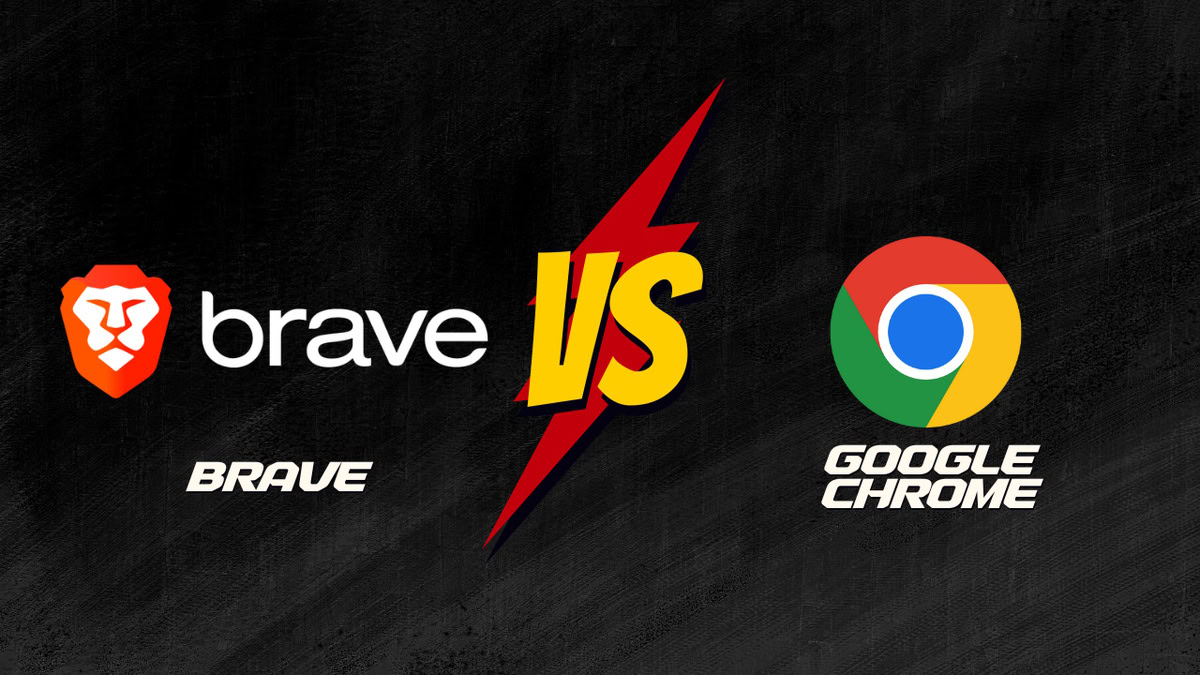
Most browsers these days make use of Chromium‘s codebase as a starting point and then add their proprietary flavorings on top. Because of their common starting point, it’s fairly difficult to find the unique angle that sets them apart from the market leader Chrome. Brave has been brave enough to enter the browser wars with a promise of providing a privacy-respecting browser that also performs better than Chrome. Does it deliver? We put to the test both browsers in this Brave vs Chrome comparison to try and answer which browser is best for you.
Brave vs Chrome: The basics
What is Brave?
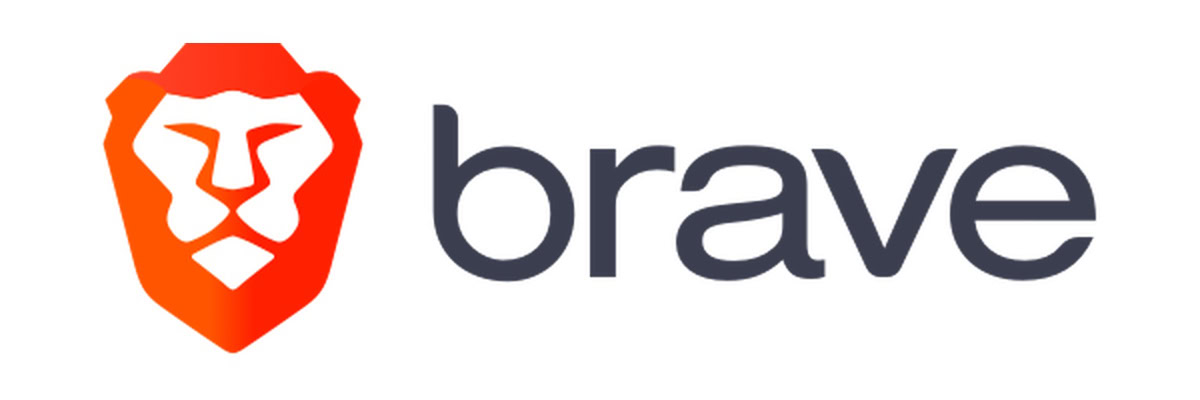
Brave is a free and open-source web browser that is based on the Chromium browser. As part of its USP, Brave focuses on privacy, and consequently, it automatically blocks some advertisements and website trackers in its default settings. This approach sets it apart from competitors like Chrome and Edge, which have incentives to track and profile your activity across the Internet.
What is Chrome?
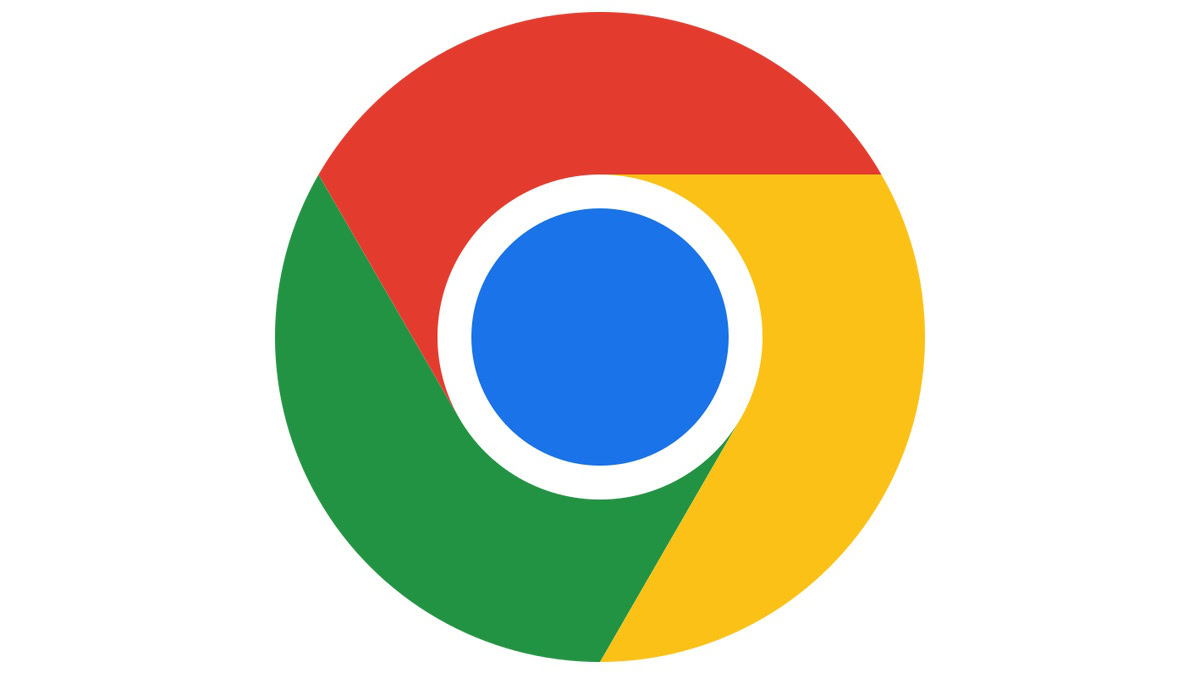
On the flip, Chrome is also a free browser based on the Chromium browser, but it is a closed-source browser. Chrome’s USP is its ease of use, simplicity, consistent user experience, and deep Google integration with Google Search and Google Ads. As a result, a lot of what Chrome does is geared toward personalized search and browsing experience for the end user and then extending it onto targetted ads, for which tracking is rather necessary.
Monetization
How is Brave monetized?
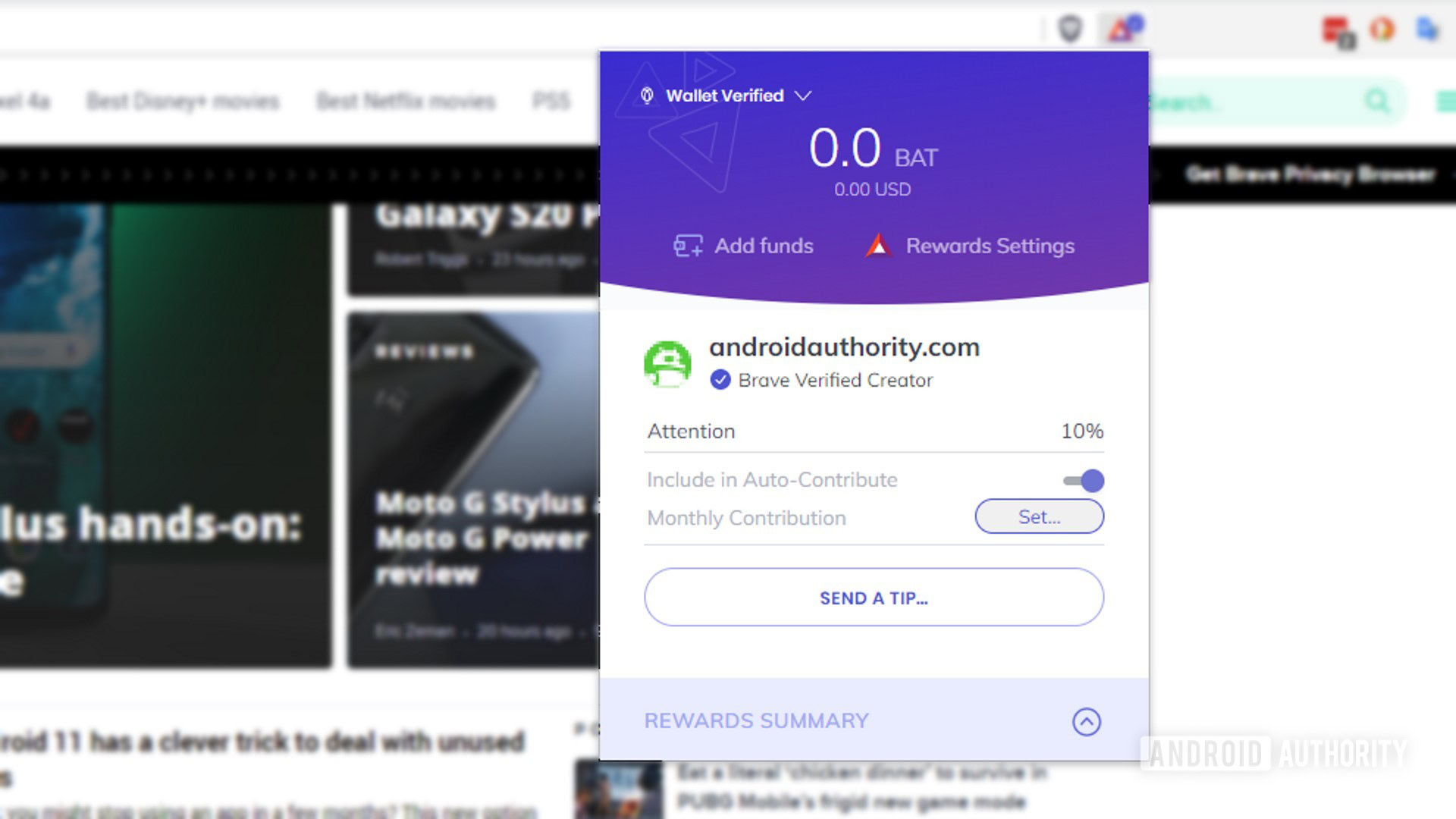
Brave’s monetization model definitely sets it apart. The browser makes use of Basic Attention Tokens (BAT) as a form of currency. It incentivizes users to opt into its own ad network, which rewards the user with BAT. The user can then use BAT to reward websites. You can also purchase BAT with regular money. For more information on Brave’s BAT monetization and Brave rewards, check out our Brave review.
Brave has also skirted controversy with sneaky referral add-ins on certain search queries related to cryptocurrency.
Brave also monetizes its products, such as Brave Talk and Brave Firewall + VPN, and has its own merch store.
How is Chrome monetized?
In a nutshell, Chrome’s monetization is centered around feeding Google’s AdSense network. The browser essentially profiles your internet activity and allows Google AdSense to serve you with specific, tailored advertisements.
User interface: Which browser is easier to use?
As browsers, there is a similarity in how both Brave and Chrome look and feel as they both deliver on the basic user expectations around surfing the internet. You get the familiar address bar, a tabbed layout, familiar buttons for back, forward, and refresh, and an otherwise uncluttered view.
Look closely, and you’ll see differences in how the browsers orchestrate some of their specific tasks. The default interface for Chrome is a whole lot cleaner, while Brave has to highlight its core features like Brave Rewards, Brave Wallet, and Brave Shields.
Brave also likes to showcase the work the browser has done in blocking ads and trackers, but the result is that the new tab interface is fairly cluttered and busy. When you scroll down in Brave’s new tab view, you get access to Brave News.
But when you load a website, the default ad-blocker renders a cleaner view than you would get with Chrome.
On Android, the differences are stark. Brave places several UI elements toward the bottom of the display, while Chrome prefers placing everything on the top.
On Android, Brave actually appears a lot cleaner since Chrome has a busier start page. And because your display area is fairly limited on mobile compared to a desktop, the default ad-blocking on Brave renders cleaner websites where you can see more content.
Brave’s approach may be busier, but it’s easy to get used to, and most users will quickly appreciate how they can view more content on their screens. You can achieve similar results with Chrome and an ad-blocker, but with Brave, you don’t have to think about it or set up any extension.
Brave vs Chrome: Features
Features define the browsers, and they do very strongly in this case.
Ad and tracker blocking
One of the main reasons to select Brave is the default ad and tracker blocking. You just have to install the browser and begin using it. That’s it. You’ll immediately notice an uncluttered version of the internet, with no distracting ads, no annoying auto-playing videos, and no full-page content blockers.
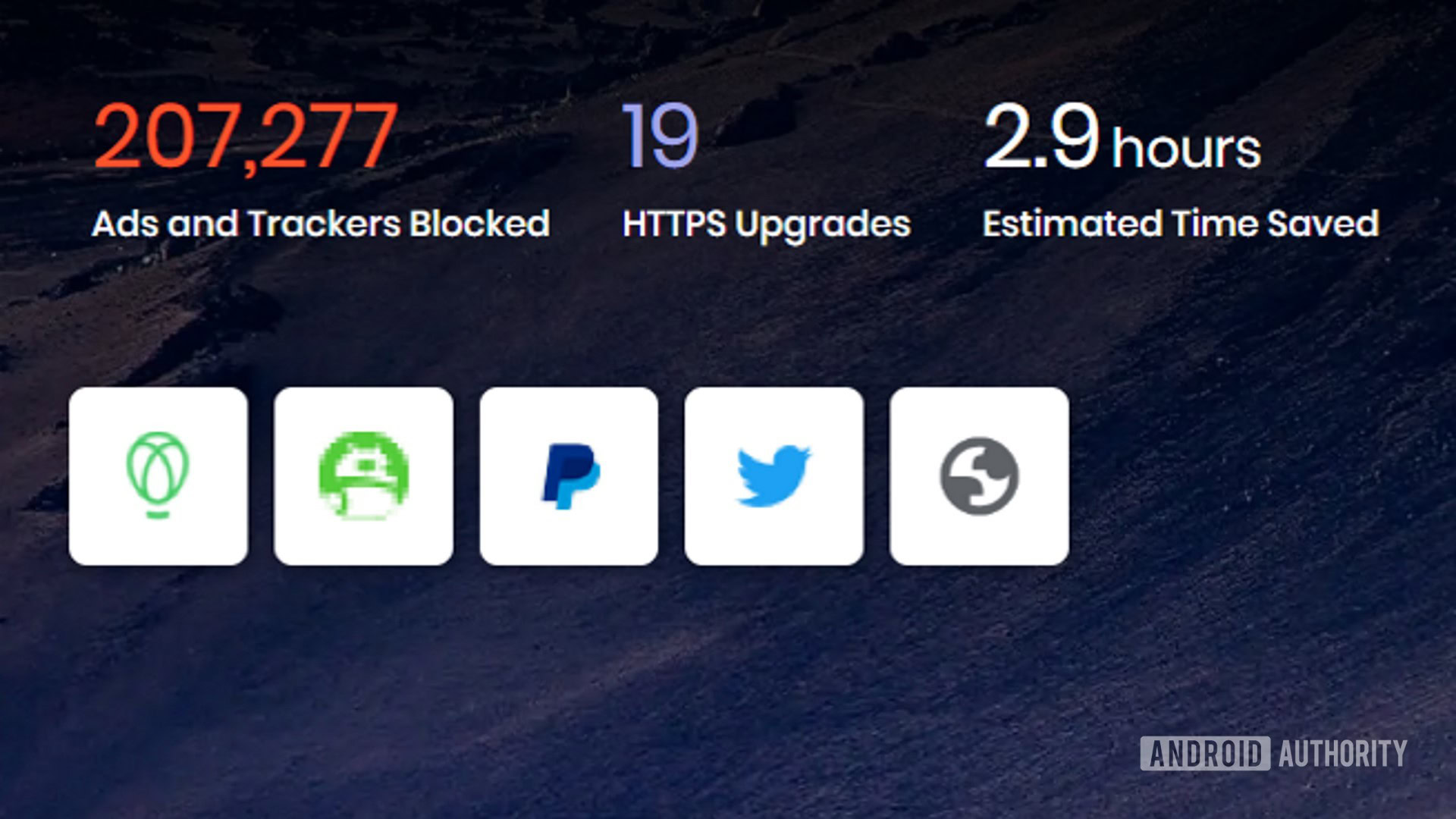
The side effect of this blocking is that your computer/phone spends fewer resources rendering the same page without ads, and you also don’t require as many network resources for the same page.
Brave also offers some nifty extras, like blocking cookie consent notices, blocking “switch to app” notices on mobile,
Chrome does not offer ad and tracker blocking by default, but you can achieve similar results with ad-blocking extensions on desktop and DNS changes on mobile. To opt out of tracking, you can use Incognito mode.
Built-in Tor
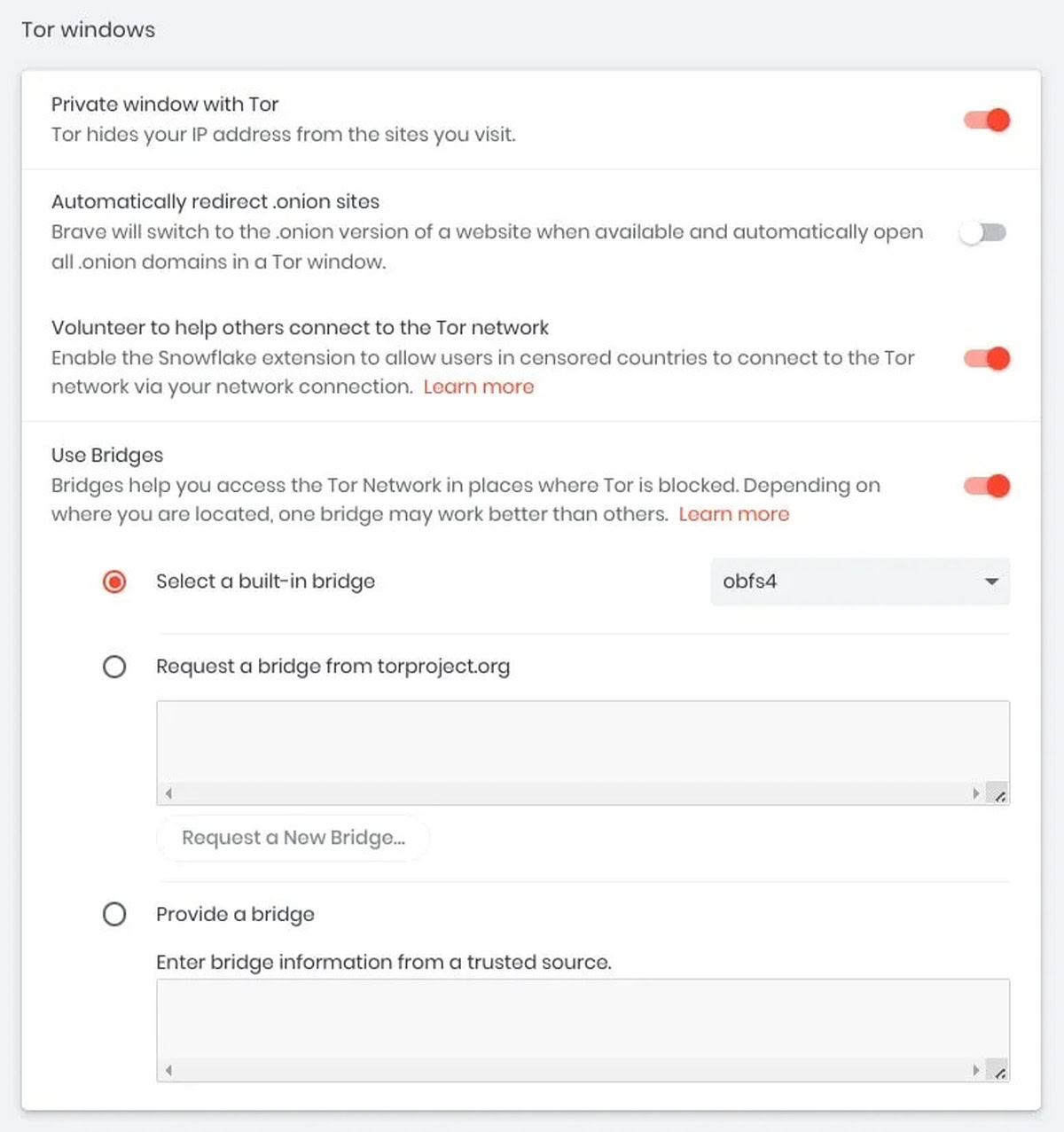
If you want to go a step further in opting out of being tracked on the internet, Brave on desktop has built-in Tor for use in private browsing mode. The mode hides your real IP address from websites, and if you have any snoopers on your network, then they do not get access to the site that you are visiting.
While Chrome does not include Tor by default, you can make use of extensions that connect to Tor proxies on desktop and then connect using Chrome. You can also just use the Tor browser if you are on a desktop.
Other features
Brave has the following features that are not directly present in stock Google Chrome:
- Brave Firewall + VPN: This is a paid feature within the browser that makes use of Guardian VPN.
- Brave Wallet: The browser comes with its own crypto wallet, which supports popular cryptocurrencies and NFTs.

Some features which have similar counterparts in Chrome:
- Brave News: A news aggregator.
- Chrome integrates Google Discover on its startup page for news discovery.
- Brave Talk: A video conferencing service.
- Chrome does not have a built-in videoconferencing solution, but Google has Google Meet for the same.
- Search: Brave offers its own Brave Search search engine, while Chrome ships with Google Search. You can change the default on both the browsers.
- Extensions: Brave supports Chrome extensions.
- Themes: Both Brave and Chrome support themes.
Google Chrome has the following features that are not directly present in Brave:
- Google account sync: One of the biggest conveniences of using Chrome is the fact that your entire browsing data is stored securely in the cloud and immediately accessible on any device that you sign into.
- Password manager: Chrome has a built-in password manager that suggests secure and unique passwords for every website that you sign up to. Brave only includes local password autofill and not comprehensive password management.
- Instant results in address bar queries.
Brave vs Chrome: Performance and RAM Usage
Benchmarks
Both Chrome and Brave are very fast browsers that return good scores in most benchmark apps.
| Benchmark Score | Brave | Google Chrome |
|---|---|---|
| Benchmark Score Speedometer 2.1 | Brave 265 | Google Chrome 277 |
| Benchmark Score Jetstream 2 | Brave 247.601 | Google Chrome 259.645 |
| Benchmark Score Kraken 1.1 | Brave 479.2 | Google Chrome 481.9 |
| Benchmark Score MotionMark 1.0 | Brave 581.73 | Google Chrome 906.98 |
| Benchmark Score WebXPRT 4 | Brave 252 | Google Chrome 256 |
If you go purely by benchmark scores, Brave scores fewer points than Chrome in every benchmark that we tested it. In some benchmarks, the scores are in the same ballpark. But in MotionMark, a benchmark that measures the graphics performance of the browser, the difference is a lot more pronounced. You’re unlikely to notice the difference in regular usage, though.
RAM usage
If there’s something that would push users to look for a Chrome alternative, however, it is the fact that Chrome can end up using a lot of RAM very frequently. When you use Brave side-by-side and monitor usage, you see a stark difference.
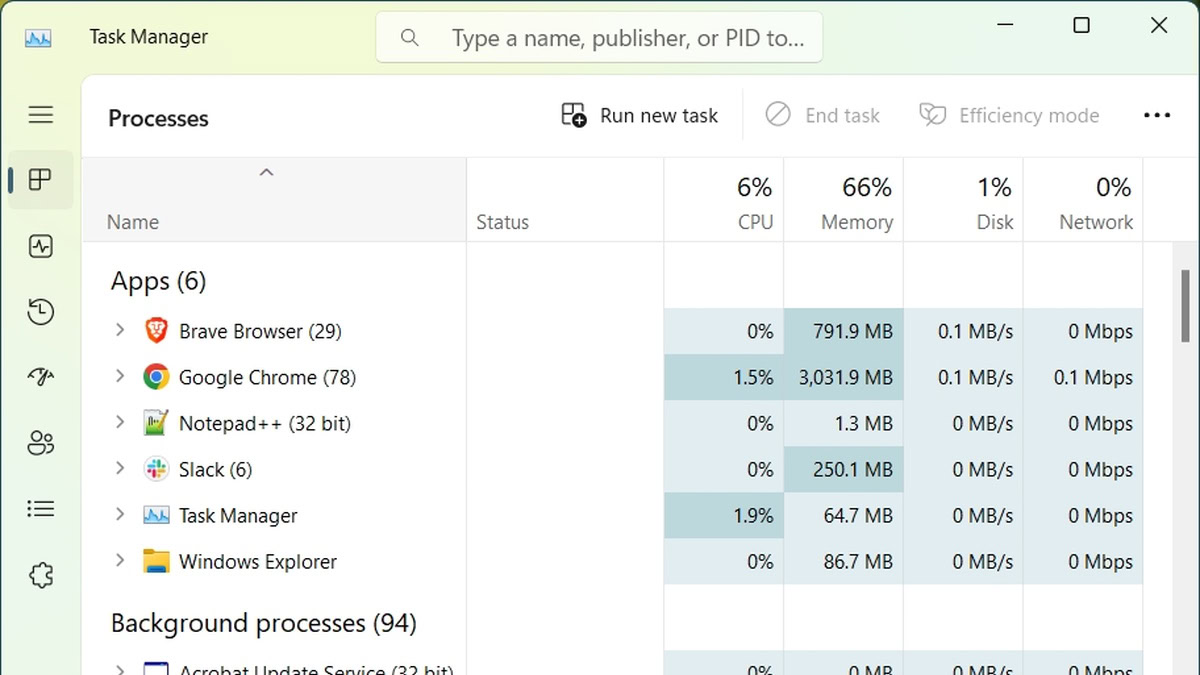
We opened twelve of the same tabs on both Chrome and Brave side-by-side, with new user profiles and no extensions or performance settings enabled. The difference in RAM usage between the two was over 2GB (!), which is quite high when you consider the rather identical circumstances.
On my personal workloads with plenty of extensions and tabs, I frequently touch 3-4GB for Chrome’s RAM usage, while similar activities on Brave use about 1/3rd of the usual RAM. If you have a lighter workload, you can get more comparable RAM usage, with both Chrome and Brave hovering around 300-500MB. Start opening more tabs, and the RAM usage on Chrome just shoots up, despite some improvements in this area recently.
Brave vs Chrome: Which browser should you choose?
We’ve taken an in-depth look at both browsers and arrived at two solid conclusions.
The first conclusion is that Chrome is just dead-simple and all around the more convenient browser to use. It’s the browser I would still recommend to average users simply because it has a no-fuss start, and it gets the job done.
Chrome is the recommended browser for the average user because of its simplicity and convenience.
Despite all the complaints against Chrome, it somehow still manages to put user experience at the forefront of the internet browsing experience. If you want your browser to just work anywhere and everywhere, Chrome still remains your best choice.
The second conclusion is that Brave is also really good and a browser I can recommend to enthusiasts more than average users.
People who are perennially online would appreciate the cleaner internet experience without obtrusive ads, and they can ethically choose to reward sites for consuming their content. Such users would have used an ad-blocker anyway, so they may as well take the currency that they are willing to part with.
Brave gets its vision right, and we'd recommend power users give it a try.
Brave gets its vision right, but its implementation starts feeling confusing, especially now that the crypto and NFT hype simmered down from its height a few months ago. The baked-in video-conferencing solution feels out-of-place on a browser and seems like a feature added reactively for peak-pandemic.
In the end, I would recommend power users give Brave a try and see if they can live with its flourishes. Or, if you’re really struggling with Chrome’s memory issues or regularly work with limited network resources, then Brave is worth your time.
If you liked this browser comparison, you’d also be interested in our Brave vs Firefox, Chrome vs Edge, Chrome vs Firefox, and Chrome vs Safari comparisons.
FAQs
In our tests, Brave scored fewer points in benchmarks but had a massive lead over Chrome when it comes to RAM usage. For that reason, Brave is faster than Chrome if you have a heavy workload.
Yes, Brave is based on Chromium, much like Chrome, Edge, and other browsers.
Yes, Brave browser is safe. It blocks cross-site trackers and third-party cookies, fingerprinting, bounce tracking, and some malware and phishing attempts.
Brave browser is developed by Brave Software, Inc., founded by Brendan Eich and Brian Bondy in 2015.
Thank you for being part of our community. Read our Comment Policy before posting.